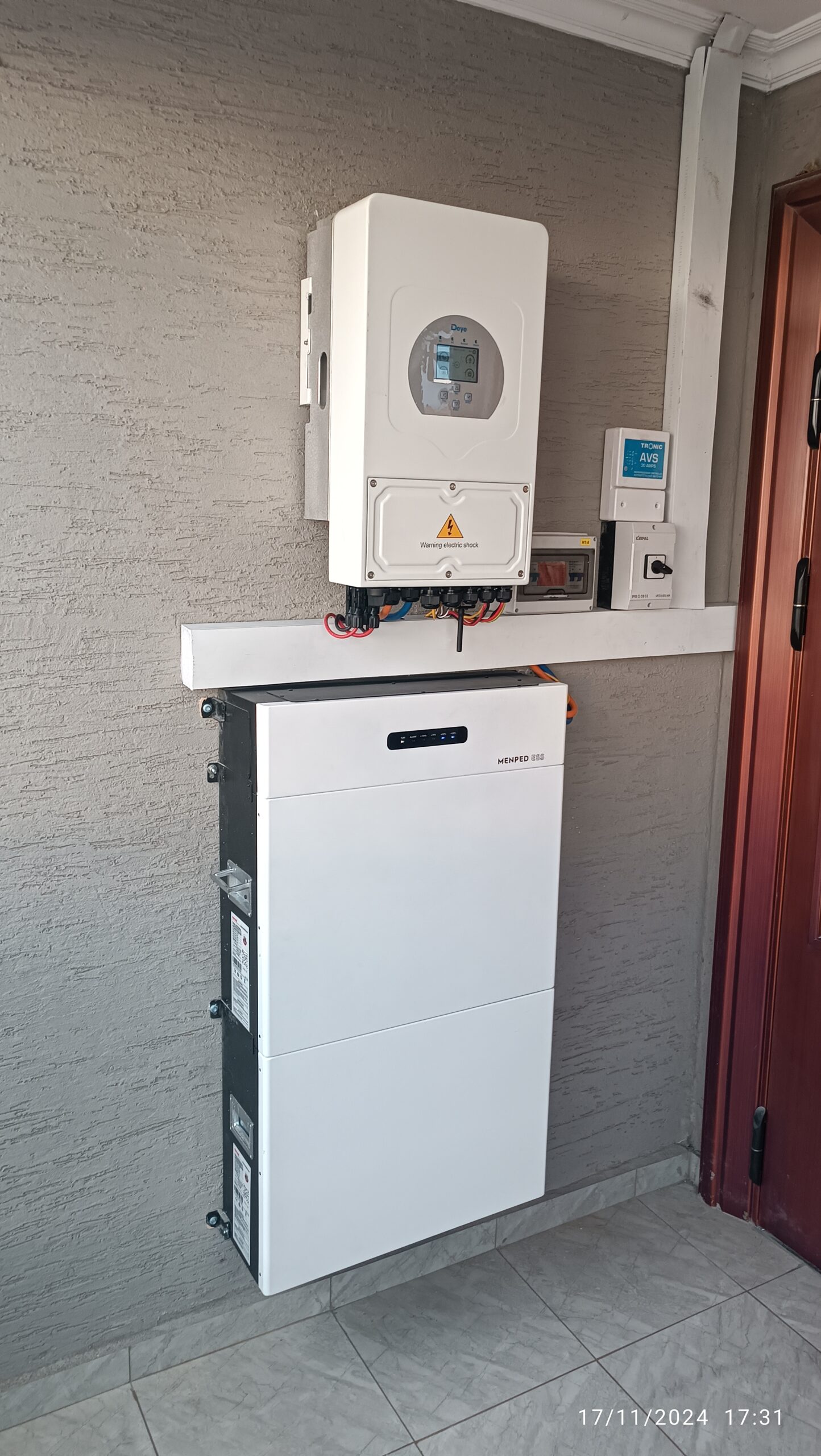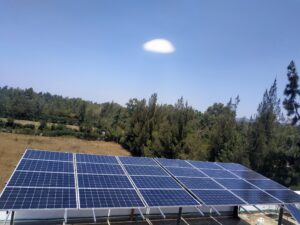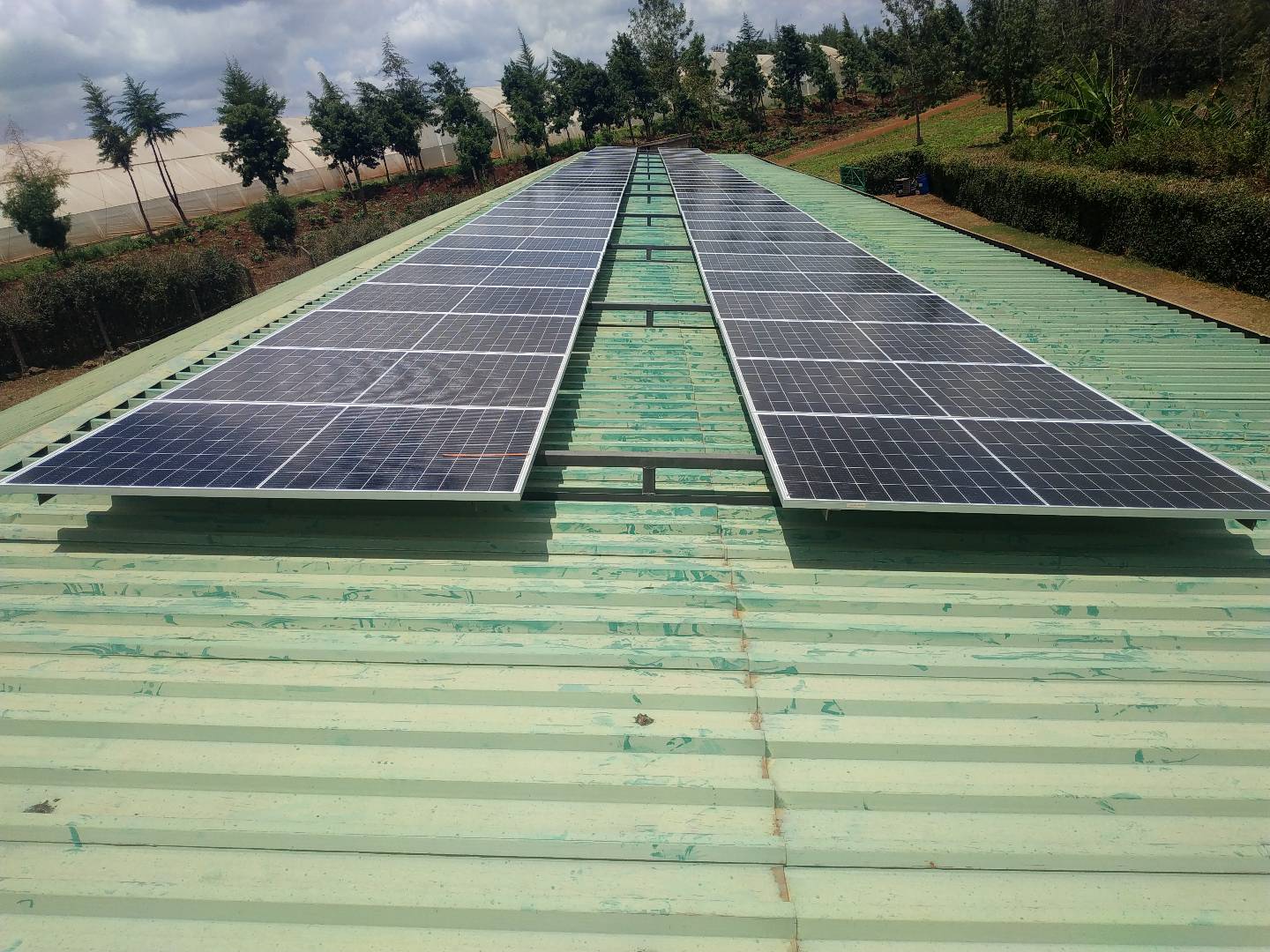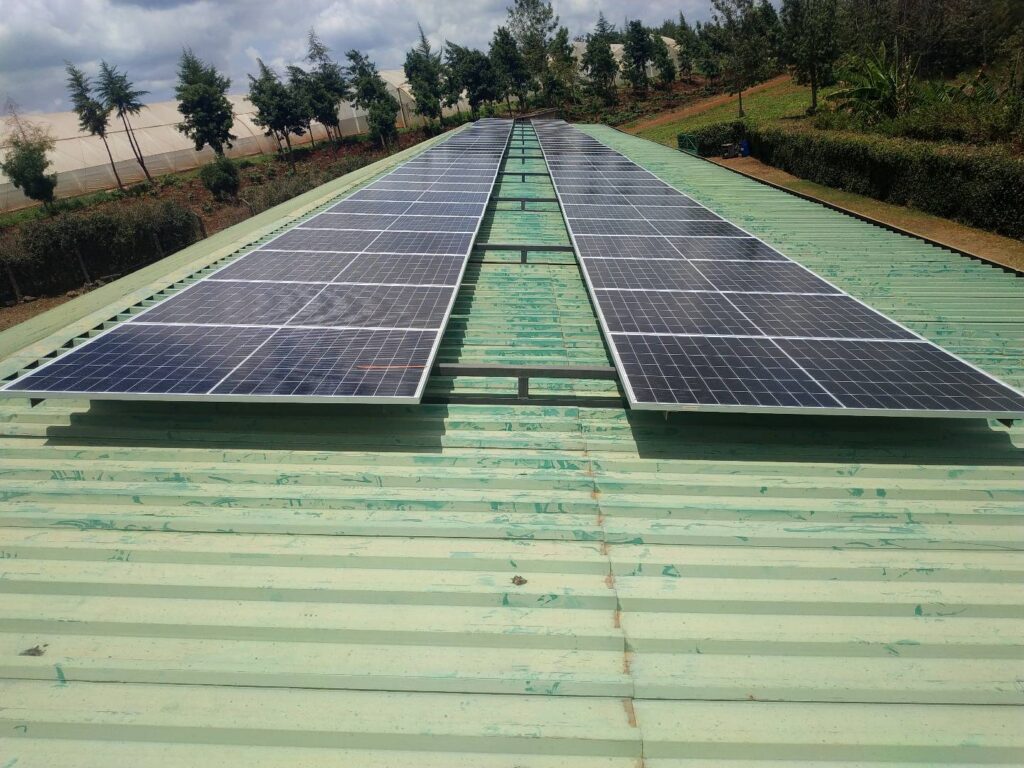Going Off-Grid in KenyaKey Considerations for Switching from Kenya Power to a Solar Solution
Switching from Kenya Power’s grid to an off-grid solar solution is a bold step toward energy independence, cost savings, and sustainability. In Kenya, where sunlight is abundant and grid reliability can be inconsistent, especially in rural areas, off-grid solar systems are increasingly popular. However, making the transition requires careful planning to ensure it meets your needs and delivers long-term value. Here are the key considerations to keep in mind when moving to an off-grid solar solution in Kenya.
Geolabs Solar
By assessing your energy needs, choosing the right components, budgeting wisely, and partnering with a trusted provider like Geolabs Solar, you can make the switch with confidence
1. Assess Your Energy Needs
The first step in going off-grid is understanding your energy consumption. Unlike the grid, where you can draw power as needed, an off-grid solar system relies on what it can generate and store. Start by auditing your household or business energy usage:
- List Your Appliances: Identify all the devices you use daily, from lights and phones to refrigerators, TVs, or heavy appliances like water pumps. Note their power ratings (in watts) and how many hours they run.
- Calculate Daily Usage: Multiply the wattage of each appliance by its daily usage hours to get watt-hours (Wh). Add these up to determine your total daily energy demand. For example, a 10W LED bulb running for 5 hours consumes 50Wh per day.
- Account for Seasonal Variations: In Kenya, energy needs may shift during the rainy season (e.g., more indoor lighting) or dry season (e.g., increased water pumping for irrigation).
A typical Kenyan household might need 2-5 kWh per day, but this varies widely depending on lifestyle. Knowing your exact needs ensures your solar system is neither under- nor over-sized, saving you money and avoiding power shortages.
2. Evaluate Your Location and Solar Potential
Kenya’s equatorial climate offers excellent solar potential, with most regions receiving 4-6 peak sun hours daily. However, your specific location can impact system performance:
- Sunlight Availability: Assess how much direct sunlight your property gets. Shading from trees, buildings, or hills can reduce solar panel efficiency. For example, areas like Laikipia or Narok often have clear skies, while parts of Central Kenya may experience more cloud cover during the rainy season.
- Roof or Space Suitability: Ensure you have enough unshaded space for solar panels—whether on your roof or a ground-mounted setup. A south-facing orientation with a 15-30-degree tilt is ideal in Kenya to maximize sun exposure.
- Weather Patterns: While Kenya’s climate is favorable, the rainy season (March-May and October-November) can reduce solar output. Plan for lower generation during these months by sizing your system accordingly.
A professional site assessment, like the free consultations offered by companies such as Geolabs Solar, can help you determine your solar potential and optimize panel placement.
3. Choose the Right System Components
An off-grid solar system typically includes solar panels, a battery bank, an inverter, and a charge controller. Each component must be carefully selected to match your needs:
- Solar Panels: The size and number of panels depend on your energy demand and sunlight availability. For a 3 kWh daily need in a location with 5 peak sun hours, you’d need around 600W of panels (3 kWh ÷ 5 hours). Opt for high-quality, durable panels suited for Kenya’s climate.
- Battery Storage: Batteries store excess energy for use at night or during cloudy days. Lead-acid batteries are cheaper but have a shorter lifespan (3-5 years), while lithium-ion batteries are more expensive but last longer (8-10 years). Ensure your battery bank can store at least 2-3 days’ worth of energy to cover rainy periods—e.g., 6-9 kWh for a 3 kWh daily need.
- Inverter and Charge Controller: The inverter converts DC power from your panels and batteries into AC power for your appliances. Choose an inverter that can handle your peak load (e.g., when multiple appliances run simultaneously). A charge controller prevents overcharging, extending battery life.
- System Sizing: Oversizing your system can be costly, while undersizing leads to power shortages. Work with a reputable provider like Geolabs Solar to design a system that balances performance and budget.
4. Budget for Initial Costs and Maintenance
Going off-grid requires a significant upfront investment, but it can pay off over time through savings on electricity bills. Here’s what to consider:
- Installation Costs: A complete off-grid system in Kenya can range from KSh 150,000 for a small setup (e.g., 1 kW with basic storage) to KSh 500,000 or more for larger systems (e.g., 5 kW with ample storage). Costs depend on system size, component quality, and installation complexity.
- Financing Options: Many Kenyan solar companies offer payment plans or partner with microfinance institutions to make off-grid systems more affordable. Look for providers with flexible financing to ease the upfront burden.
- Maintenance Expenses: Solar systems are low-maintenance, but you’ll need to budget for occasional costs. Panels should be cleaned regularly (especially during the dry, dusty season), and batteries may need replacement every 3-10 years, depending on the type. Factor in annual maintenance costs of around 1-2% of the system price.
- Savings Potential: Compare your current Kenya Power bills to the cost of going off-grid. For example, if you spend KSh 5,000 monthly on electricity, that’s KSh 60,000 annually. A KSh 300,000 solar system could pay for itself in 5 years—faster if grid tariffs rise.
5. Plan for Backup and Reliability
Off-grid living means you’re fully responsible for your power supply, so reliability is critical:
- Backup Power: During prolonged cloudy periods, your system may not generate enough energy. Consider a hybrid setup with a small generator as a backup, or size your battery bank to cover extended low-sun periods.
- Energy Efficiency: Reduce your energy demand by switching to efficient appliances (e.g., LED lights, energy-star-rated fridges) and adopting habits like turning off unused devices. This stretches your system’s capacity and reduces costs.
- After-Sales Support: Choose a provider with strong after-sales service. Companies like Geolabs Solar offer ongoing support, ensuring your system runs smoothly and addressing any issues promptly.
6. Understand Legal and Regulatory Requirements
While off-grid systems are largely unregulated in Kenya, there are a few legal considerations:
- Permits and Approvals: If your system is small (under 1 MW), you typically don’t need a permit from the Energy and Petroleum Regulatory Authority (EPRA). However, check with your local county government for any zoning or building regulations, especially for larger installations.
- Grid Disconnection: Notify Kenya Power if you plan to disconnect entirely from the grid. Some users opt to remain connected as a backup, which may involve a small monthly fee.
- Standards Compliance: Ensure your system meets Kenyan standards (e.g., Kenya Bureau of Standards for solar components) to avoid safety issues or future complications.
7. Consider Lifestyle Adjustments
Living off-grid requires a shift in how you use energy:
- Energy Management: You’ll need to monitor your usage and battery levels, especially during low-sun periods. Smart systems with monitoring apps can help you track production and consumption in real-time.
- Load Prioritization: On cloudy days, prioritize essential loads (e.g., lighting, phone charging) over non-essentials (e.g., entertainment systems).
- Education and Training: Learn how to maintain your system and troubleshoot minor issues. Reputable providers like Geolabs Solar often train clients on basic system care, empowering you to manage your setup confidently.


Why Make the Switch?
Moving to an off-grid solar solution in Kenya offers numerous benefits. You’ll gain energy independence, avoiding Kenya Power’s frequent outages and rising tariffs. In rural areas like Laikipia, where grid access can be unreliable, solar ensures consistent power for homes and businesses. Plus, you’ll reduce your carbon footprint, contributing to a greener future—a win for both your wallet and the planet.
Final Thoughts







